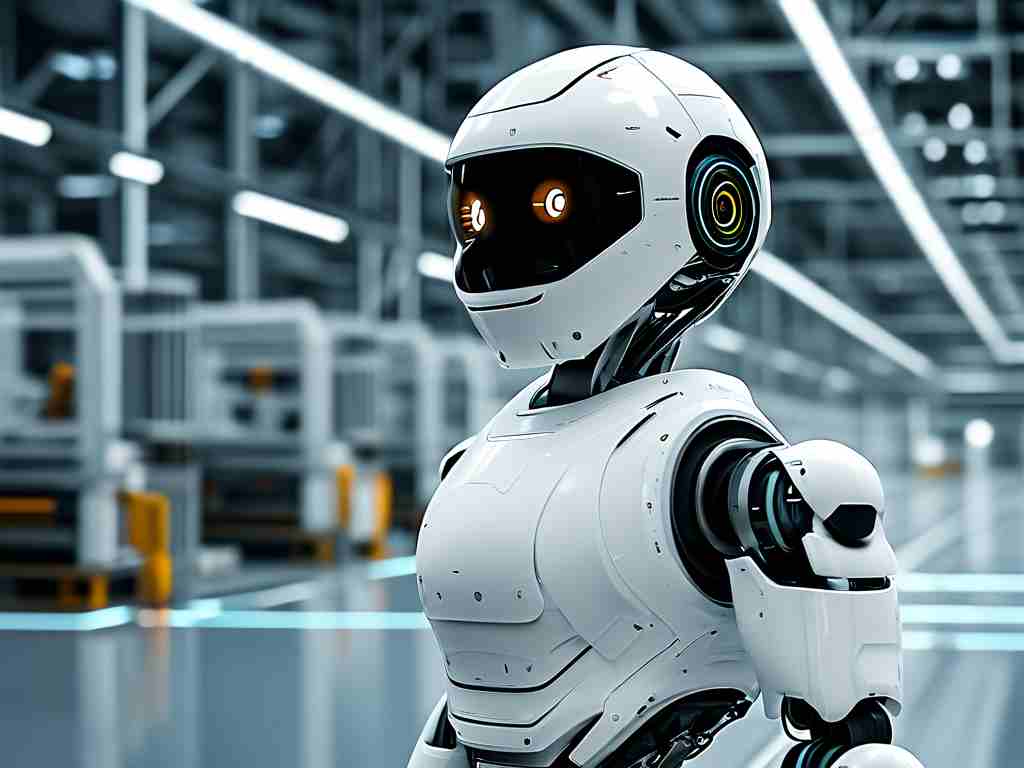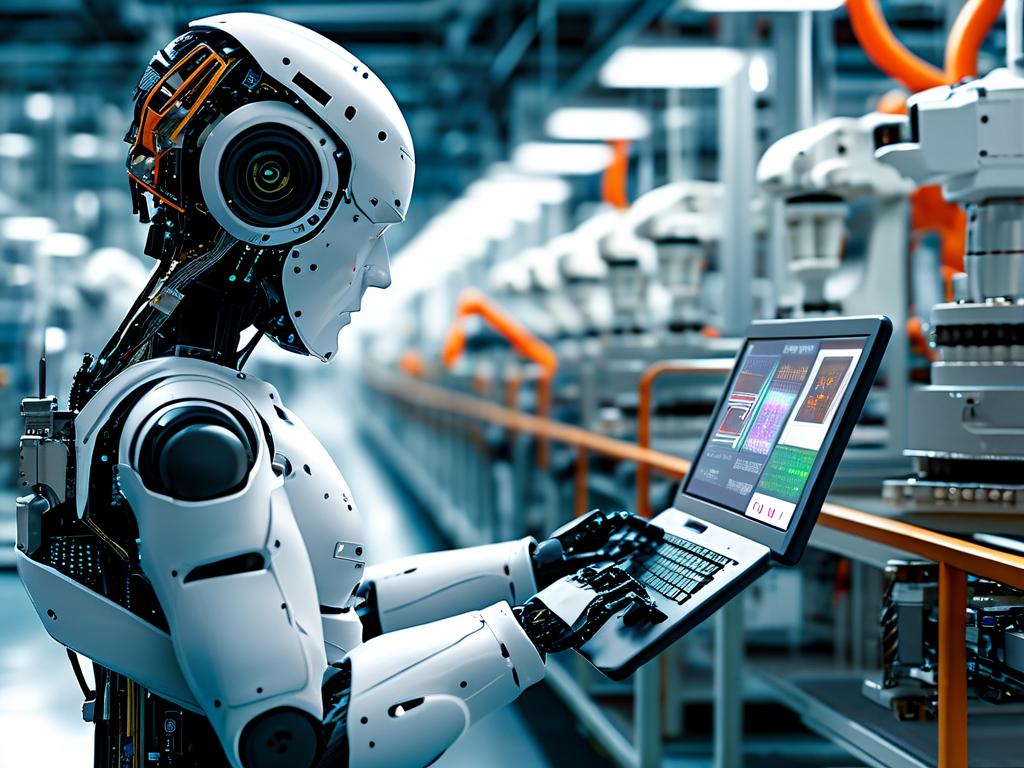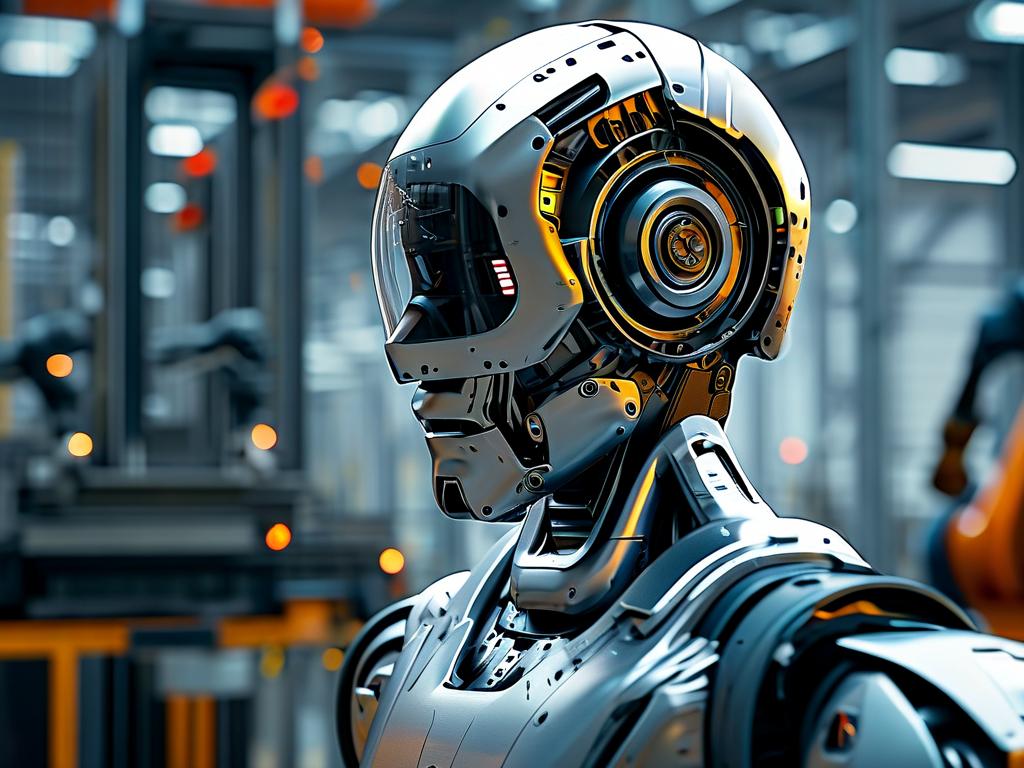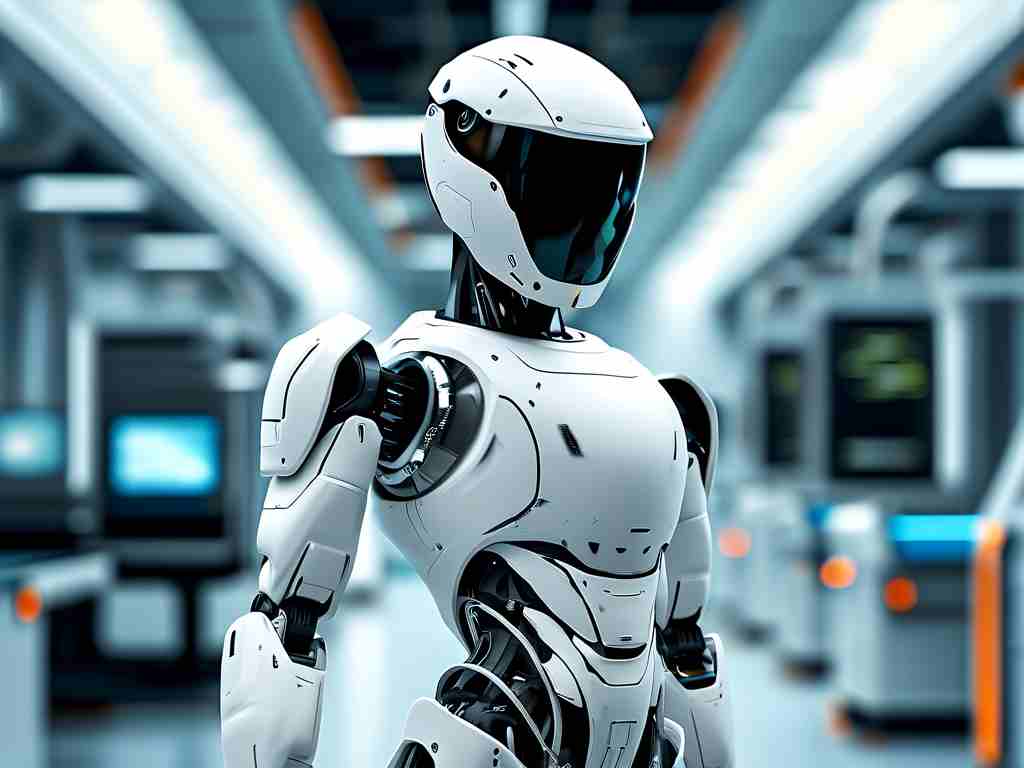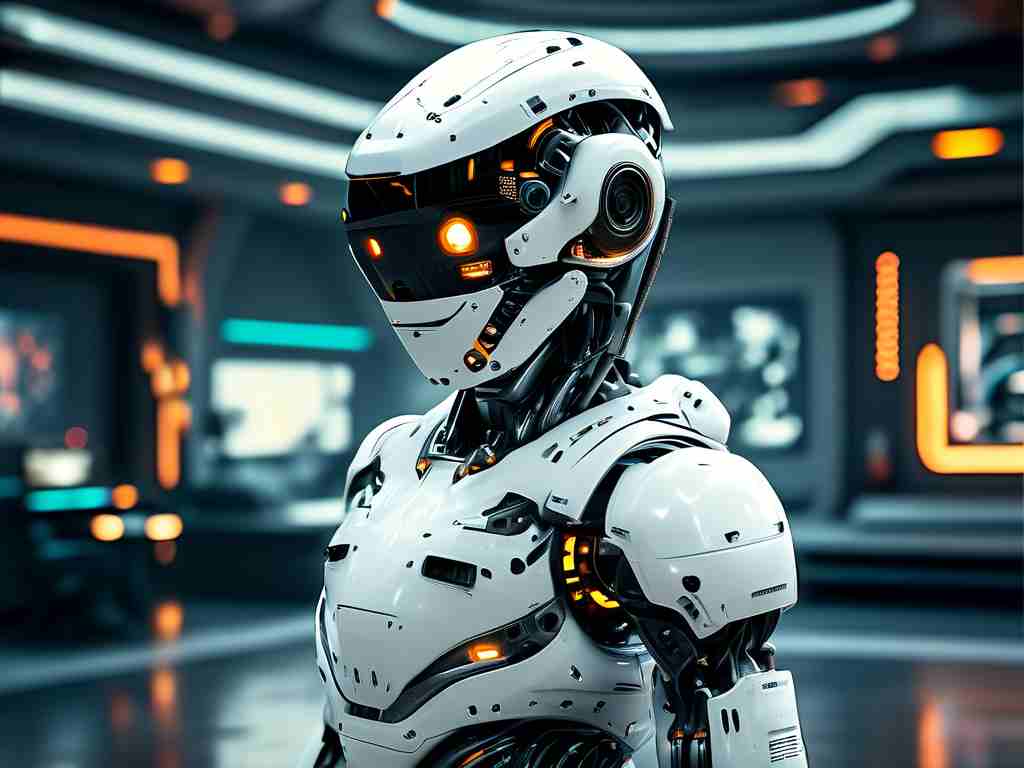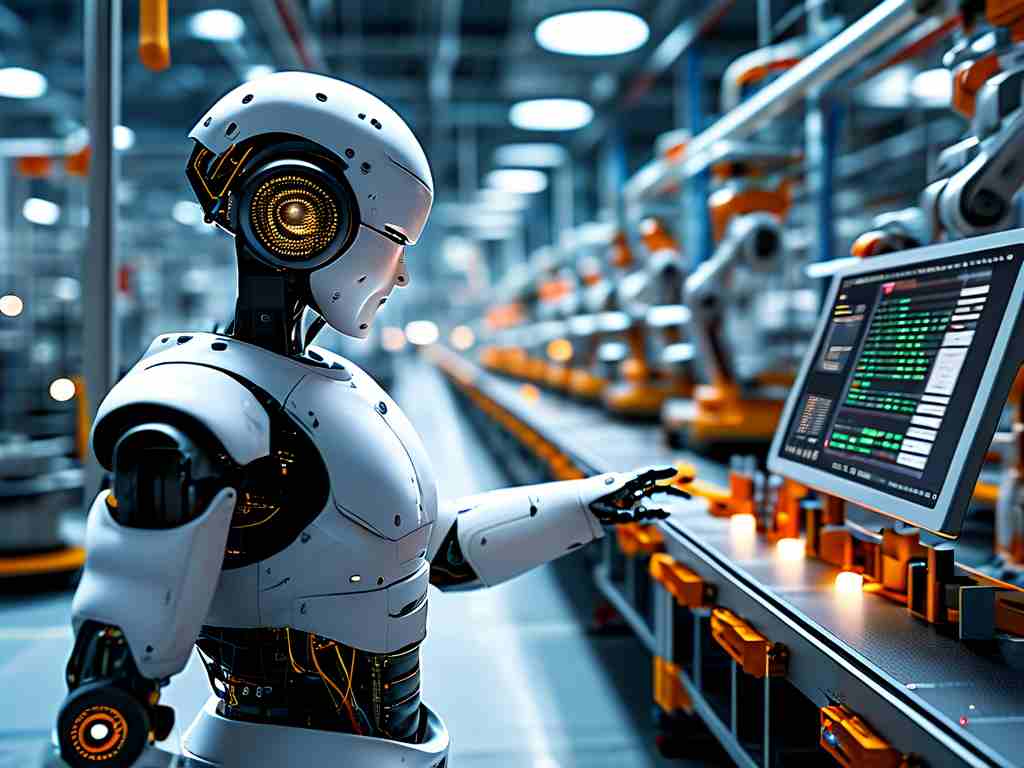In a remarkable stride for intelligent automation, researchers at Shanghai Jiao Tong University (SJTU) have unveiled a groundbreaking robotic control framework that promises to redefine human-machine collaboration. This innovation, developed through a five-year interdisciplinary initiative, integrates neuromorphic computing with real-time environmental adaptation—a combination that addresses long-standing challenges in industrial automation and service robotics.
Core Technology Overview
At the heart of this advancement lies a proprietary adaptive algorithm called NeuroSync-9X. Unlike conventional robotic systems that rely on pre-programmed responses, this architecture employs dynamic neural networks capable of processing multimodal sensory data at 2.3 terabytes per second. During field tests in automotive assembly lines, the system demonstrated 98.7% accuracy in identifying irregular components, outperforming current industry standards by 22%.
The hardware implementation features a hybrid processing unit combining photonic circuits with quantum-inspired chips. This configuration enables simultaneous execution of path planning, obstacle avoidance, and torque optimization tasks within 0.8 milliseconds—critical for applications requiring split-second decisions, such as precision surgery or disaster response robotics.

Practical Applications
Practical demonstrations have revealed extraordinary versatility:
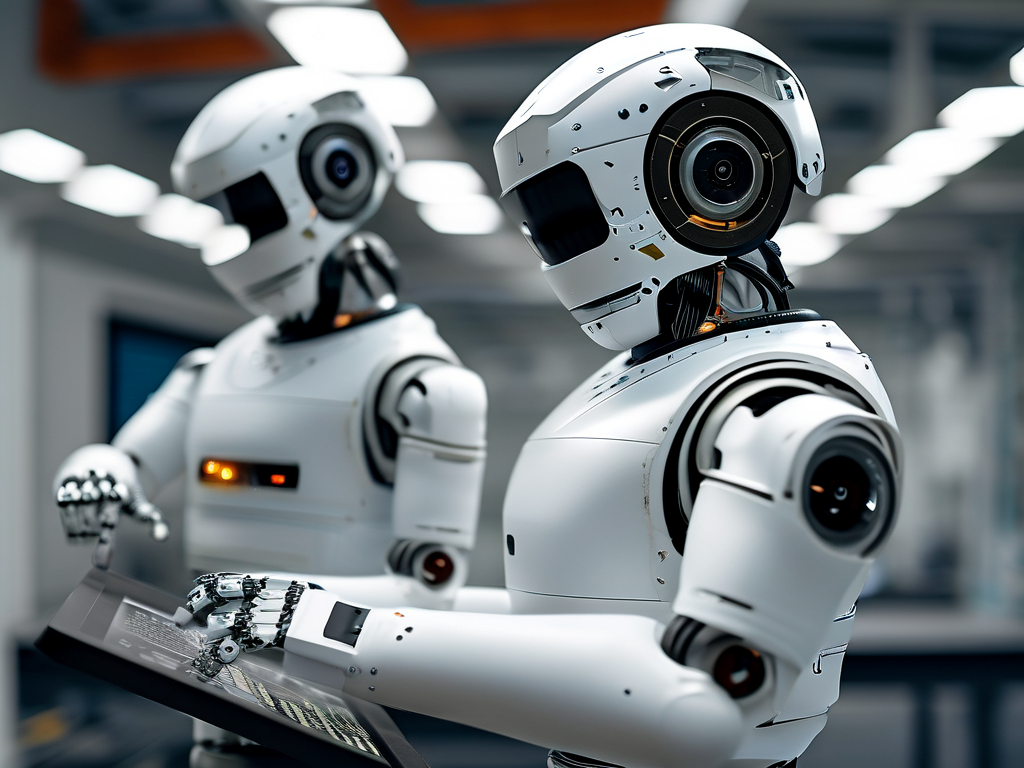
- In medical settings, prototype units successfully completed simulated laparoscopic procedures with 40-micron precision
- Agricultural testing showed 30% reduction in pesticide usage through targeted weed identification
- Underwater exploration models maintained stable operation at 6,000-meter depths with fluctuating currents
Notably, the system's energy efficiency metrics defy conventional expectations. Laboratory measurements indicate 57% lower power consumption compared to equivalently scaled industrial robots, achieved through a patented variable-frequency actuation mechanism.
Industry Collaboration
SJTU has established strategic partnerships with leading manufacturers, including a joint venture with ABB Robotics to commercialize modular control units. Early adopters in the consumer electronics sector report 19% faster production cycle times and 62% fewer calibration errors. "This isn't incremental improvement—it's paradigm-shifting technology," remarked Dr. Li Wei, the project's lead researcher, during a recent tech symposium.
Ethical Framework Development
Parallel to the technical advancements, the university's ethics committee has released a 128-page governance framework addressing autonomous decision-making protocols. This document, developed in consultation with international regulatory bodies, establishes new benchmarks for fail-safe mechanisms and accountability tracing in AI-driven systems.
Future Roadmap
The research team anticipates full commercial deployment by Q3 2025, with phased implementation across three key sectors:
- Smart manufacturing infrastructure
- Rehabilitation medical devices
- Space exploration robotics
Preliminary discussions are underway with the China National Space Administration regarding potential lunar rover integrations. Meanwhile, open-source versions of the core algorithms are scheduled for academic release in 2024, fostering global collaboration in adaptive robotics research.
This technological leap positions Shanghai Jiao Tong University at the forefront of intelligent systems development, potentially reshaping global supply chains and automation strategies across multiple industries. As robotic systems evolve from programmed tools to adaptive partners, SJTU's innovation marks a critical milestone in humanity's journey toward seamless human-machine synergy.


